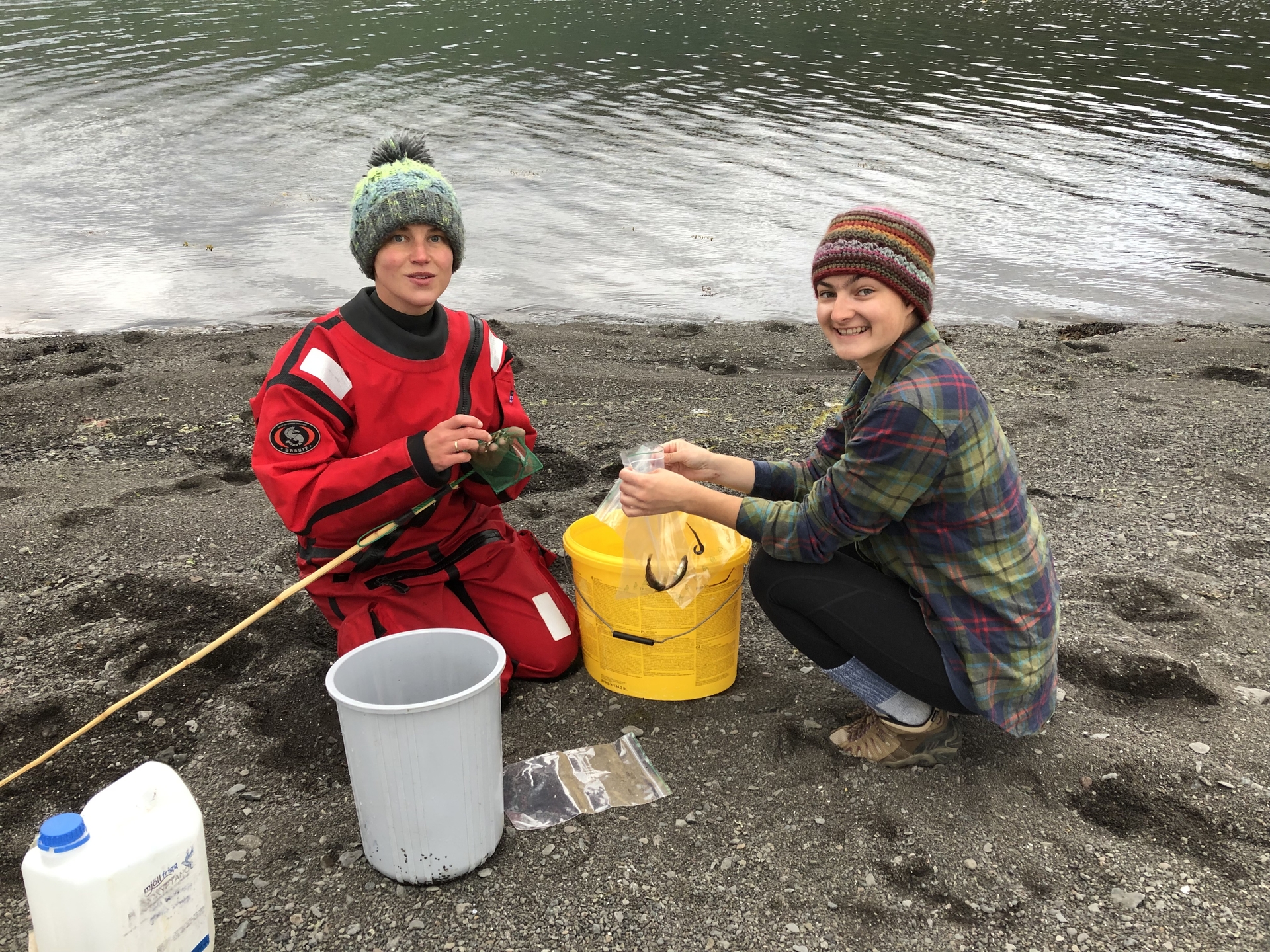Coastal regions play an important ecological role. Primary production is generally high, habitats are diverse and these regions create an important link between fresh water and the ocean, and the land and the sea. Due to proximity to inhabited areas and good access to littoral waters, these regions are often more affected by human activity than offshore waters.
It could be said that mobility is the defining characteristic of coastal regions, since the organisms living there must deal with the tides, surf, spring thaws and other regular changes to the environment. Even in slightly deeper waters where the impact of the tides is smaller, larger organisms are generally very mobile. Many species of fish caught in coastal regions and in littoral waters inhabit this area only temporarily during their life cycles. Shallow sea, for example, is home to the nursery grounds of many gadiforms and flatfishes, spawning grounds, and salmonids often visit coastal waters to feed in the summer. These movements of fish between coastal waters, offshore waters and fresh water play a large part in transporting organic material and nutrients between these regions. This makes the ecosystem more stable and, in the same vein, disruptions to these routes can threaten stability.
The centre's research projects in this area focus on, for example: the ecology and habitat use of juvenile cod in their breeding grounds; the origins of primary production at fish nurseries; the impact of environmental changes in coastal regions on fish populations; the movements of salmonids and flounder between fresh water and the sea.



